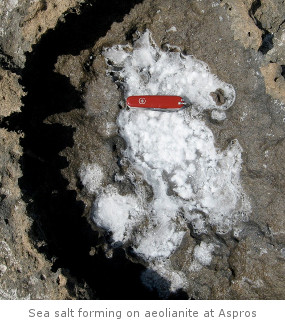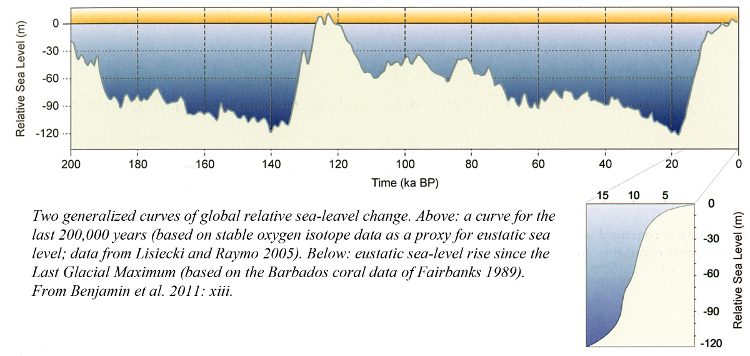Getting the Boat Moving
What I would like to do in this section of the web site is to introduce some of the broader themes and questions to consider when the participants come together for the opening session of the Wenner Gren Workshop. Today we are still at the very beginning of these two lines of investigation. Much remains to be done. Accordingly, it is premature to think in terms of drawing final conclusions at the present time. Instead, we need to explore working hypotheses, to consider new perspectives and to exchange ideas based on new evidence that has just come in from the field. In the absence of direct evidence for sea-going boats in the archaeology record when one goes back to the time before 7,000 years ago, we are placed in the position of making “indirect” arguments for the earliest voyaging in the Mediterranean world. It is then in this context that islands take on their special importance and play a leading role in the inferences that the archaeologist is trying to make in the study of the first Argonauts.
we are placed in the position of making “indirect” arguments for the earliest voyaging in the Mediterranean world. It is then in this context that islands take on their special importance and play a leading role in the inferences that the archaeologist is trying to make in the study of the first Argonauts.
When I began working on the question in 2003, the evidence on sites dating to the time before the Neolithic Period was quite limited on the islands in the Mediterranean Sea. Less than ten years later, the situation has changed completely. Indeed, it is hard to keep up with what is happening on so many different fronts. Hence the motivation for the Wenner Gren Workshop. In retrospect, we need to think about why the study of pre-Neolithic voyaging in the eastern Mediterranean had such a late and slow start. Each participant at the meeting is likely to have his or how own reasons for why this field of study was able to get moving so slowly and on the wrong foot. In looking back, it is fair to say that we all had too much of an agricultural agenda. Of course, this is quite understandable. The origins of agriculture in Southwest Asia and the nature of the Neolithic transition in Europe were and still are two questions of great interest in the study of what is called “deep history” today (Shryock and Smail 2011). However, in our enthusiasm to delve into them, we somehow managed to miss the boat.
From the start, there is a need to direct our attention to space as the key dimension when it comes to the study of early seagoing on a regular basis. The related but separate issue of rare or even accidental crossings of the sea, which have been studied for other land-based mammals by those in the biological sciences, is not the focus of this meeting. Space is far from a simple or straightforward matter in the study of the first Argonauts. This becomes clear if we ask the following question. Where should one look if one is interested in learning more about coastal foragers – that is, those who had small boats and experience in taking them out on the open sea – in the time from 13,000 to 10,000 years ago? Given that sea levels in various regions of the Mediterranean were on the order of 60 meters lower at that time, most of the main sites frequented by coastal foragers are probably no longer visible on land. Instead, many sites now find themselves in a submerged position at depths in the water that make it difficult for the archaeologist to reach them. In short, what we find on land today is just the tip of the iceberg. Indeed, we as archaeologists have not chosen the best time in which to live and work on the question of the first Argonauts (see on this web site the curve showing the basic trend of sea-level change over the last 200,000 years). And we are doubly unlucky if we look at the problem from another perspective. The coastline, by its very nature, is in terms of its geomorphology and its ecology a dynamic and high-energy place. And this happens to be the case both for the coastal forager trying to make a living there in the remote past and for the archaeologist working at sites on or near the coastline today.
In short, what we are dealing with is a restless space -- one that is liminal in character – where the landscape and the seascape are involved in an ongoing dialogue with one another. In this light, the archaeologist may be tempted to move to the interior and excavate a much richer and better-preserved early site there. However, in terms of sampling, sites in the interior may not offer good guides to coastal foraging and first voyaging. Of course, what we need to identify and excavate in the long run are early sites that are located in three quite different contexts: (1) those in a submerged position today, (2) those on or near the coastline today and (3) those located in the interior. All of this is a tall order. The proper study of the first Argonauts is no easy matter.

